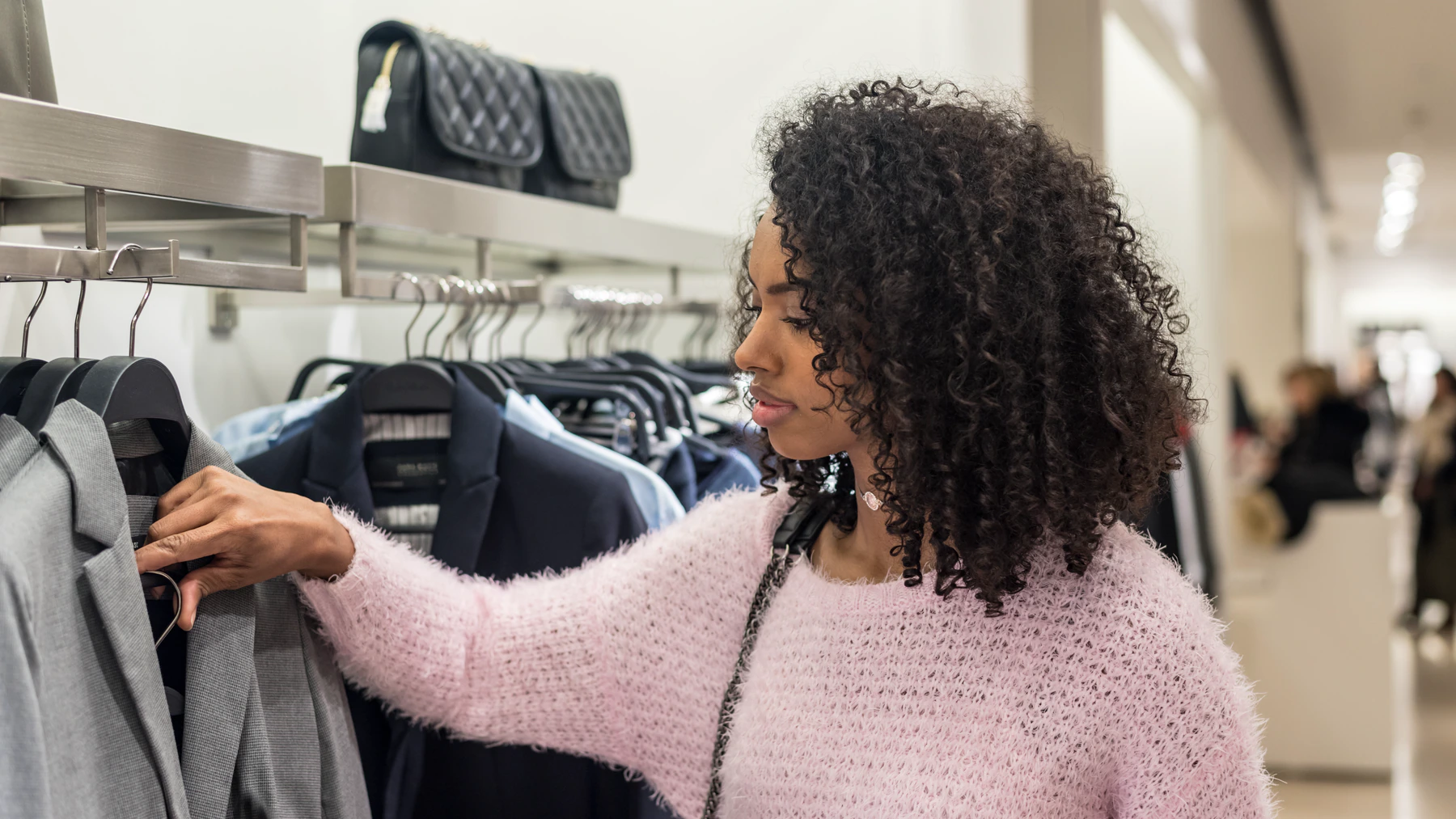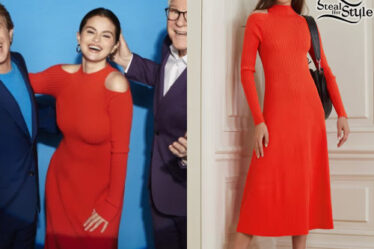
African Americans are a powerful consumer group, wielding $1.3 trillion in annual spending power, up 114 percent from 2000, according to Nielsen.
The figure is not without controversy, however. In The Propaganda and Myth of Black Buying Power, Dr Jared Ball, professor of communication studies at Morgan State, a historically Black university in Baltimore, claims the very concept of Black “buying power” is a myth that has been used to help manage perception of the relative poverty suffered by Black people with a false narrative about Black prosperity.
To be sure, Black people have the lowest levels of income and wealth of any racial group in the United States. And yet the combined spending power of African Americans, who make up 13.8 percent of the population, is sizeable and presents a powerful opportunity for brand marketers, says Michele Ghee, chief executive of Ebony Group, which is in the midst of relaunching iconic Black magazines Ebony and Jet.
“We are 47 million African Americans, and there’s absolute power in our spending. And there’s absolute power in knowing that we are on screens 60 hours per week,” she says. “That’s what the data shows, and there’s power in those numbers,” she says. And yet Ebony, which pre-launched digitally this month, has yet to secure advertisers, according to Ebony Group.
It’s surely not for lack of opportunity. When it comes to interest in fashion goods, Black people in the United States are disproportionately engaged relative to the size of our population and our economic status.
According to Nielsen surveys, African American consumers are 20 percent more likely than the total population to “pay extra for a product that is consistent with the image I want to convey.” The same surveys also show we are 31 percent more likely to spend $500 or more on a handbag and 21 percent more likely to spend the same amount on costume jewellery.
And that’s considering the income of a typical Black American is only two-thirds that of a typical white American and the net worth of a typical Black family is 10 times less than that of a typical white family.
The systematic oppression endured by Black people has limited our economic prospects. “There were exclusionary laws,” explains Dr Alisha Moreland-Capuia, a psychiatrist who specialises in Black trauma.
“Black folks only gained full citizenship in 1878 and then endured anti-literacy campaigns to prevent them from learning,” she continues. “After the Civil War, Confederate officers took positions of power and became lawyers, judges and real estate agents, maintaining structural and economic control over Black folks, preventing them from becoming financially upwardly mobile.”
Consumption became a function of self-identifying for Blacks.
But the same suppression that has held us back also contributes to our outsized desire for fashion products. Black people often need an arsenal of fashion products “simply to arrive in the world,” explains Kimberly Jenkins, Ryerson professor of Fashion Studies.
“Clothing from luxury to mid-level brands were leverage for social mobility and showed what you could afford, the lifestyle you are living. Major brands and logos were key for expressing that. Particularly if the white gaze was in the purview,” continues Jenkins. “Consumption became a function of self-identifying for Blacks. I can’t change my Black skin, but I can change anything else.”
“When I walk in that room. You are going to notice me. It’s how we express that we want to be seen and that we matter,” says beauty consultant Tasha Turner.
“When Black folks burst past these huge concrete ceilings and eventually obtain some level of economic success — ‘mama I made it’ — you do what most people do when you’ve been deprived; you get everything you didn’t have, even if you don’t need it. You get everything you want,” adds Moreland.
Looking ahead, our collective spending power is set to rise, hitting $1.8 trillion by 2024, according to Nielsen. Here, demographics is a key driver. Black people skew younger than the median American consumer, and as the Black population grows, so will our buying power.
So what should fashion brands do to authentically engage with growing Black spending power?
Brands need to take action across the value chain. But when it comes to courting Black consumers, brand communications and customer service are two powerful places to start.
It’s critical that fashion brands clearly acknowledge their debt to Black people.
First of all, it’s critical that fashion brands clearly acknowledge their debt to Black people. Adidas has been accused of workplace discrimination and a marketing message is certainly no solution to these concerns, but the company’s admission last June that it would be “nothing without Black athletes, Black artists, Black employees, and Black consumers” had power with Black shoppers.
But brands must go further than that. More than anything, they must end the scourge of “shopping while Black.” Far too often Black fashion consumers are snubbed or treated with suspicion by sales assistants. Fifty-five percent of African Americans said they are treated less fairly than whites when shopping “in stores downtown or in the shopping mall,” according to a 2020 Gallup poll, the most recent data available.
If brands want to tap Black spending power, they must first get serious about ending the rampant racial profiling and the poor customer service experience felt by Black consumers when we enter their stores. We are increasingly aware of this discrepancy and channelling our spending power accordingly.
As Kelle Rozell of The Black Dollar Index, which scores consumer brands on racial equity, makes clear: “We are more informed and intentional with our purchases.”
Related Articles:
Op-Ed | Fashion Is Part of the Race Problem



